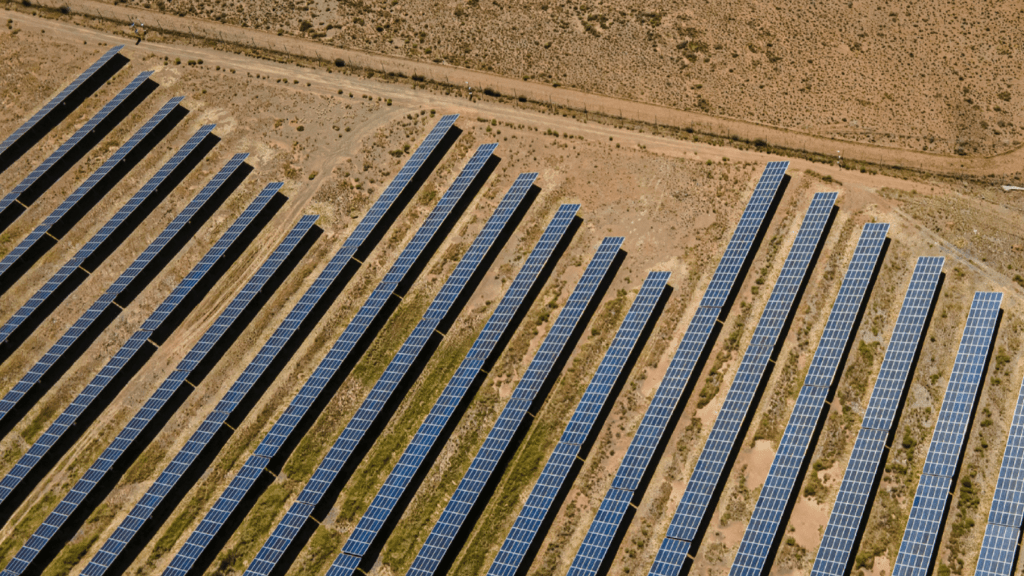The Rise of Renewable Energy Globally
Renewable energy has grown significantly in recent years, revolutionizing how we generate power. Solar panels, wind turbines, and electric cars have become increasingly common worldwide.
Key Drivers Behind the Growth
Several factors have fueled this growth. Increasing awareness of climate change, investment in clean technology, and government policies supporting sustainable energy all play a role. Improved technology reduces costs, making renewable energy sources more competitive.
- Climate Change Awareness: Rising global temperatures and extreme weather events underscore the need for clean energy. The Paris Agreement and international climate summits highlight global commitment.
- Technological Advancements: Innovations in solar photovoltaic panels, wind turbine efficiency, and battery storage have reduced costs and improved performance.
- Government Policies: Subsidies, tax incentives, and renewable energy targets drive adoption. Countries like Germany and China lead with aggressive renewable mandates.
- Economic Opportunities: The renewable sector generates jobs and attracts investment. According to the International Renewable Energy Agency (IRENA), renewable energy employed 11.5 million people in 2019.
Current Global Statistics
Renewable energy’s global share has increased markedly. In 2020, renewables accounted for nearly 29% of global electricity.
| Statistic | Value |
|---|---|
| Global Renewable Energy Capacity | 2,799 GW (2020) |
| Growth in Solar Power Capacity | 22% annual growth |
| Wind Energy Capacity | 743 GW (2020) |
| Investment in Renewable Energy | $303.5 billion (2020) |
China, the United States, and European Union lead in renewable energy installations. Other regions follow suit, driven by policy shifts and economic benefits. Solar and wind dominate, but hydropower and bioenergy also contribute significantly.
Continuing to expand renewable energy adoption offers a promising path to combating climate change, driving economic growth, and ensuring a sustainable future.
Technological Advancements in Renewable Energy
Technological advancements play a crucial role in the rapid growth of renewable energy. These innovations have made renewable sources more efficient and affordable.
Innovations in Solar Power
Solar power technology has seen significant improvements. High-efficiency solar panels now convert more sunlight into electricity. For example, Perovskite solar cells boast conversion efficiencies exceeding 25%.
Bifacial panels use sunlight from both sides, enhancing output by up to 30%. Thin-film technology reduces costs with less material while maintaining efficiency.
Breakthroughs in Wind Energy
Wind energy has experienced remarkable breakthroughs. Offshore wind farms offer immense potential, with some turbines exceeding 12 MW in capacity, such as the Haliade-X.
Advanced materials like carbon fiber enhance turbine blade strength and reduce weight, increasing efficiency and reliability. Floating wind turbines expand the feasible locations for installations, tapping into deeper waters and stronger winds.
Challenges Facing the Renewable Energy Sector

The renewable energy sector has experienced significant growth, but several challenges impede its advancement. Economic, regulatory, and political factors play pivotal roles in this complex landscape.
Economic Factors
Cost concerns influence renewable energy adoption. Although prices have dropped, the initial investment for solar panels and wind turbines remains high. Funding remains a barrier for smaller companies and developing countries.
Electricity storage, like batteries, adds to the overall cost. IRENA (International Renewable Energy Agency) notes that energy storage costs hinder the scalability of renewable solutions.
Grid infrastructure is another economic challenge. The existing grid often can’t handle the variable nature of renewable sources, leading to additional costs for upgrades and maintenance.
Integrating large-scale renewable projects into the grid requires substantial investments. This raises the cost of renewable energy projects compared to traditional fossil fuels.
Regulatory and Political Challenges
Policy inconsistencies create significant hurdles. Frequent changes in government policies can lead to uncertainty and affect long-term planning for renewable energy projects.
Different regions have varying regulations, making it challenging for companies to operate uniformly across borders. For example, renewable energy subsidies vary across countries, impacting investment stability.
Permitting processes often slow down projects. Strict environmental and land-use regulations can delay renewable energy installations.
Complex and lengthy permitting requirements deter investors and hinder project timelines. This is particularly true for large-scale projects like offshore wind farms.
Political influences shape the sector’s trajectory. Inconsistent political support stalls renewable energy initiatives. Lobbying by fossil fuel industries can undermine renewable energy policies and incentives.
Energy policies often change with each political administration, creating an unpredictable environment for the renewable energy sector. This affects investor confidence and the overall growth rate of renewable energy adoption.
Future Outlook and Predictions
The renewable energy sector’s future looks promising. Changes in policies and advancements in technology are set to propel the industry forward.
Potential Market Growth
The renewable energy market could see exponential growth. BloombergNEF projects that nearly 77% of global investments in new power generation by 2050 will go to renewable sources.
Solar and wind energy, in particular, stand out due to their scalability and decreasing costs. With more countries pledging to reach net-zero emissions, demand for renewable energy technologies will rise.
Environmental Impact Reduction
Using renewable energy reduces greenhouse gas emissions, mitigating climate change’s adverse effects. The International Renewable Energy Agency (IRENA) states that renewables could cut global CO2 emissions by about one-third.
Cleaner air results from reduced reliance on fossil fuels, improving public health and reducing healthcare costs. Moreover, renewable energy’s sustainable nature preserves natural resources, helping maintain ecological balance.




